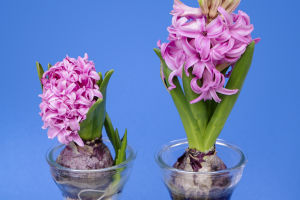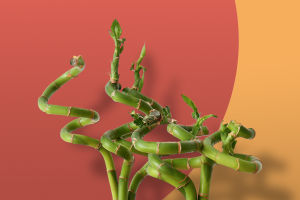Dreaming of bright, sunny sunflowers waving at you from your garden? Well, now’s your chance to grow your very own! Sunflowers are a cheerful addition to any space and a joy to grow, so don't worry if you are a newbie or if, until now, no sunflower lived long enough with you!
We have a few tricks to getting them to thrive, from choosing the right spot to harvesting those tasty seeds. So grab your gardening gloves, and let’s dive into the world of sunflowers!
1. Choosing the Right Spot
Sunflowers love the sun (who knew, right?), so finding a sunny spot is step one. Ideally, they need around 6 to 8 hours of sunlight each day. Full-sun locations are perfect, as they help the sunflowers grow tall and sturdy. But beware of windy spots! You don't want your towering sunflowers toppling over. If you live in a particularly breezy area, consider planting them near a fence for support.
2. Soil and Planting Tips
Sunflowers aren't too picky when it comes to soil, but they do appreciate fertile, well-draining soil. Adding compost or a slow-release fertilizer can give them a nice boost. Once you’ve picked your spot, plant the seeds about 1 inch deep and space them according to the variety. Giant sunflowers like the 'Mammoth' need about 2 feet of space, while smaller varieties can make do with just 6 inches.
3. Watering and Maintenance
When your sunflower plants are still babies, be sure to water them gently but regularly. Once they’ve grown a bit, you can ease off, watering deeply but less often. This encourages their roots to grow nice and strong. If you notice pests like slugs making themselves at home, consider using some organic snail or slug bait to protect your plants.
How to Grow Sunflowers at Home
Video by Next Level Gardening
4. The Blooming Phase
As your sunflowers grow, you’ll notice them turning to face the sun - a fun phenomenon called heliotropism. This happens mostly during the vegetative stage. Once the flowers bloom, they’ll face east to soak up all that early morning sun. Your sunflowers will bloom anywhere from 10 to 12 weeks after planting, depending on the variety and growing conditions!
5. Harvesting the Seeds
Once the flower heads have fully bloomed and the petals start to dry out, it's time to harvest the seeds. Cut the head off, leaving about 6 inches of stem, and dry it in a safe, dry place. After a few days, you can rub the seeds off and enjoy them as a snack or save them for next year’s planting. If you’re feeling generous, leave some seeds out for the birds during the winter.
So, are you ready to give sunflower growing a shot? It’s a fun, rewarding experience that brings a splash of sunshine to any garden. A quick tip: plant your sunflowers in succession, a few weeks apart, to enjoy continuous blooms all summer long. Did you know that sunflowers were used by Native Americans not only for food but also for clothing dye? Now that’s a plant with history!


